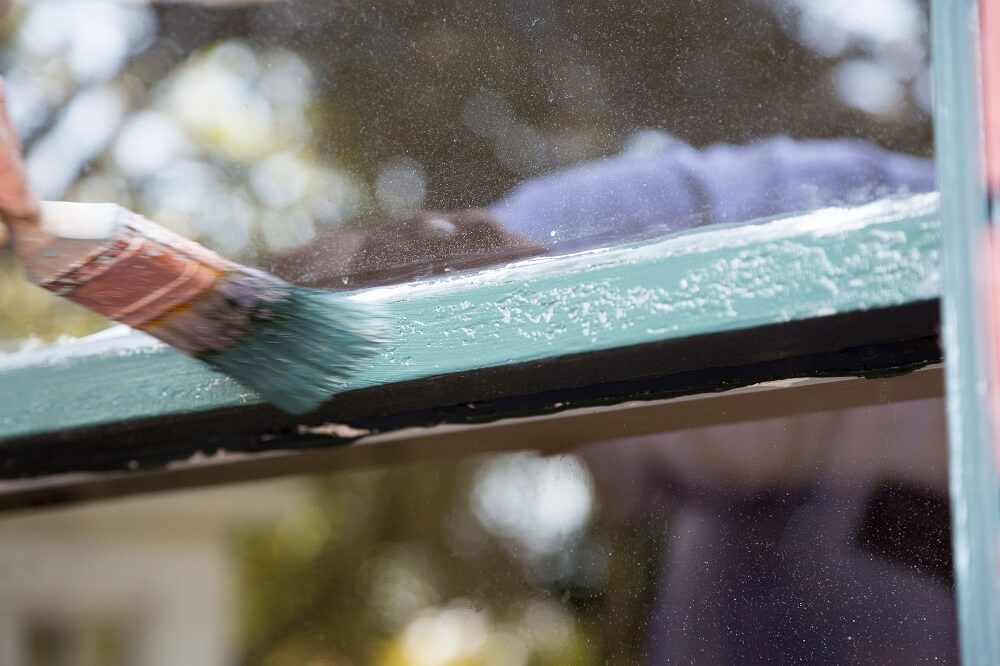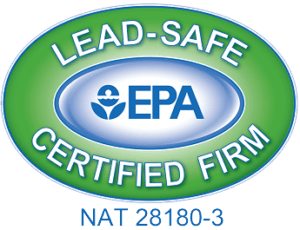One of the earliest lessons I learned in painting was not to rush to apply the 2nd coat. Oil-primed exterior walls on a Brookline Victorian were taking forever to dry; the paint can label suggested 48 hours before recoating – I waited a full week then applied a topcoat only to discover bubbles everywhere once the sun hit the walls. I pulled out all my hair then consulted my Paint Handbook by Guy Wiesmantel (McGrawHill 1981). Defined as ‘solvent blisters’, the paint bubbling on the wall occurred because I applied the next coat before the primer had dried.
In the heat of a New England summer it can be tempting to rush through the coatings sequence assuming that ambient warmth accelerates drying. The fly in this ointment however is humidity. As we all know so well, increased humidity makes for a less comfortable environment. 85 degrees dropping down from a Canadian front is delightful, 85 degrees rolling north from the Gulf of Mexico is always accompanied by humidity that does wonders for my wrinkles but otherwise wipes me out.
The photograph below shows a solvent blister on the front door of beautiful home in Arlington center. Clearly visible beneath the popped blister is the original layer of varnish. Most of the door looks good albeit weathered; pop this door into direct sunlight on a hot day and it would erupt in bubbles as the trapped varnish solvents are warmed and expand.
The solution is simple but not easy; strip off the offending layers of black paint. The benefit is apparent – an elegant door, restored to its former beauty.
If you’re a homeowner living in Greater Boston, we invite you to learn more about our residential painting services.




